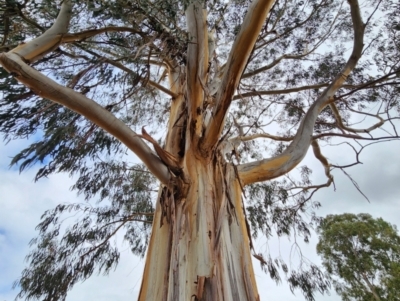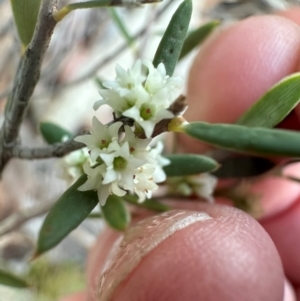Top species richness
Announcements
This is your chance to have your say. The picture with the most likes will win. So please get involved. Note the platform will only let you like an image once. By clicking on this link you are taken t...
Continue reading
NatureMapr feed to DCCEEW Biodiversity Data Repository now live
NatureMapr Data Management and Privacy Policy update
NatureMaprs crucial to effective regional weed control
Discussion
Cherax destructor
Amanita muscaria
Amanita muscaria
Araneidae (family)
Significant sightings
- Eucalyptus bridgesiana at Kowen, ACT
- Oxypetalum coeruleum at Oakey Hill
- Eucalyptus fastigata at Namadgi National Park
- Eucalyptus globulus subsp. bicostata at Kingston, ACT
- Percassa rugifrons at Kosciuszko National Park
- Pomaderris pallida at Bullen Range
- Veronica grosseserrata at Lower Cotter Catchment
- Myrtus communis subsp. tarentina at Urambi Hills
- Araujia sericifera at Red Hill Nature Reserve
- Lycopodium deuterodensum at QPRC LGA
Latest identifications
Speculantha rubescens at Aranda Bushland
Rhytidoponera metallica at Higgins, ACT
Conocephalus semivittatus at Higgins, ACT
Anestia (genus) at Hawker, ACT
Anestia (genus) at Hawker, ACT
Conocephalus semivittatus at Higgins, ACT
Oudemansiella 'radicata group' at Aranda Bushland
Gymnopilus junonius at Aranda Bushland
Amanita muscaria at Isaacs Ridge and Nearby
Paropsis atomaria at Hawker, ACT
Chauliognathus lugubris at Hawker, ACT
Ichneumonoidea (Superfamily) at Red Hill to Yarralumla Creek
Top contributors
- AlisonMilton 12.1K
- trevorpreston 10.5K
- michaelb 10.1K
- RodDeb 9.2K
- Mike 8.3K
- Tapirlord 7.5K
- kasiaaus 6.1K
- ConBoekel 5.2K
- MatthewFrawley 5K
- Hejor1 5.6K
Top moderators
- MichaelMulvaney 40.9K
- Tapirlord 18.8K
- natureguy 11.4K
- donhe 11.1K
- michaelb 10.6K
- ibaird 9.5K
- Liam.m 7.7K
- KimPullen 6.6K
- MatthewFrawley 5.3K
- AlisonMilton 4.8K
Explore Australia by region
Australian Capital Territory
Canberra & Southern TablelandsNew South Wales
Albury, WodongaCanberra & Southern Tablelands
Central West NSW
Far West New South Wales
Greater Sydney
Hunter Region
New England
New South Wales North Coast
Riverina Murray
South Coast
Southern Highlands
Northern Territory
Central and BarkleyTop End and Big Rivers

































































































































































































